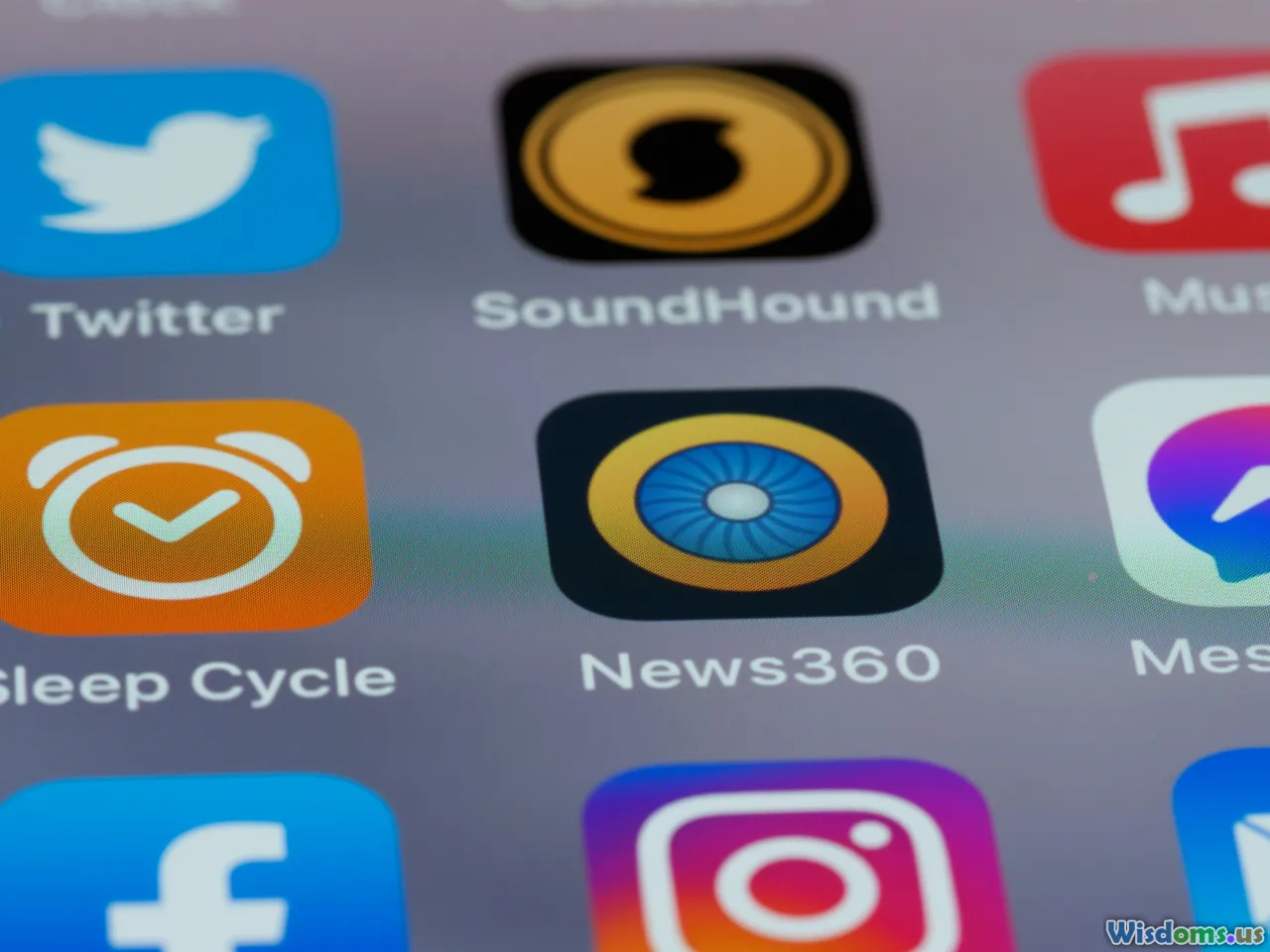
From Stone Age To Today The Evolution Of Anger
17 min read Explore how human anger has evolved from survival tool in the Stone Age to complex emotion in modern society. (0 Reviews)
From Stone Age To Today: The Evolution Of Anger
Anger is as old as humanity itself. Across cultures, eras, and even species, this powerful emotion has been both a vital tool and a potentially destructive force. But how did our ancestors experience and express anger — and how does it compare to the way we process this powerful feeling in our modern age? Exploring the fascinating journey of anger, from its Stone Age origins to current neuroscience and culture shifts, sheds light not only on our history but also on our future as emotional beings.
Stone Age Survival: The Primal Purpose Of Anger

Imagine a world where every day is a struggle for survival. In the Paleolithic era, early humans competed for resources, fended off predators, and formed alliances in often unforgiving landscapes. In these high-stakes environments, anger was not merely a disruptive outburst — it was fundamentally adaptive.
Anthropological research suggests that emotions like anger provided evolutionary advantages. When a tribe encountered predatory threats or a rival group, a surge of anger primed individuals to fight, protect valuable resources, or project dominance. Charles Darwin, in his seminal work The Expression of the Emotions in Man and Animals (1872), observed cross-species displays of anger, such as bared teeth, widened eyes, and deepened vocalizations. These universal signals broadcast intentions, deterred aggressors, and maintained social hierarchies.
Example: A hunter exposed to a rival stealing his tools or prey would likely have experienced and expressed anger — and this emotional response, manifesting as a red face, raised voice, or clenched fists, was designed to maximize chances of regaining the lost resource and maintaining status.
The Evolution Of Social Complexity: Anger In Ancient Societies

As human societies transitioned from nomadic bands to settled agricultural communities, interactions grew more complex. Laws, codes, and customs emerged to channel anger in new ways.
For example, the Code of Hammurabi, inscribed around 1754 BCE in ancient Babylon, contains dozens of decrees related to anger — specifically, its regulation within society. Public disputes, once settled through violence, increasingly went before elders or rulers, who mediated and set penalties.
The rise of social norms introduced new layers of expression. Ancient texts such as the Mahabharata, Homer's Iliad, and Confucian classics capture anger and rage, often as tragic forces setting events in motion:
- The Iliad famously opens with "Sing, O goddess, the anger of Achilles..." showing how personal fury could shape the destinies of individuals and nations.
- Roman historians detailed new social codes. Cicero, for example, warned of anger’s destructive effects on judgment, advocating for reasoning and self-control as hallmarks of civilized behavior.
These early innovations can be seen as the first attempts to harness — rather than erase — anger, foreshadowing modern debates about emotional intelligence and regulation.
Biology And Brain Science: What Anger Does To Us

Until recently, most theories about anger were rooted in face-value observations. Today’s neuroscience reveals the intricate biology underlying our ‘fight-or-flight’ systems.
How does anger work in the brain?
- It often starts with the amygdala, the brain’s emotional engine, sending signals of threat or injustice.
- The hypothalamus, another primitive brain area, releases hormones and activates the sympathetic nervous system (raising heart rate, blood pressure, and preparing the body to act).
- The prefrontal cortex, associated with decision-making and impulse control, can dampen or exacerbate anger based on learned experiences, context, and genetics.
Real-world results: MRI scans show that people prone to chronic anger or hostility have altered patterns of brain activity. Evolutionary biologists note how these changes helped early humans, yet in today’s world, they can lead to chronic stress, hypertension, and even cardiovascular disease.
Insider tip: Modern anger is a legacy system. While it once helped us survive, unchecked or misplaced anger can now backfire in situations (traffic jams, office disputes) our ancestors never faced.
Cultural Shifts: Anger Through The Middle Ages And Renaissance

Medieval Europe and Renaissance eras brought new interpretations of anger. Christianity introduced the concept of the "seven deadly sins," listing wrath as a cardinal vice to be struggled against. This shifted society's perception — legitimate expressions of anger (in war, justice) were contrasted with sinful rage (personal vendettas, violence).
Medieval sagas and art often depicted wrathful saints and sinners, prompting reflection and moral teaching. The rise of chivalry and courtly conduct codes further shaped emotional expression:
- Knights: Encouraged to channel anger for just causes (righteous battles), but condemned for revenge or cruelty.
- Clergy: Called for submission and patience, linking uncontrolled anger to a lack of spiritual discipline.
The tension between suppression and rightful anger dominated much of human expression in poetry, painting, and politics.
Case in point: Renaissance authors like Shakespeare complicated the picture, portraying anger as both righteous (seeking justice) and tragic (as with Othello’s downfall). These nuanced depictions echoed the growing realization that anger could serve — or sabotage — personal and societal goals.
Industrialization And Urban Life: Anger In Crowded Spaces

The Industrial Revolution overhauled how — and why — people got angry. Suddenly, millions crowded into cities, working long hours in factories, with little control over their environments. Mass society meant anonymity, competition, and enforced routines.
Psychologist Norbert Elias, in The Civilizing Process (1939), described how urban life fueled both new irritations and new pressures to control emotional displays. Outbursts could now impact one's job or social status.
Example: In Charles Dickens’ London, factory foremen and laborers often clashed over working conditions. Strikes and riots became common manifestations of collective outrage against poor treatment or unsafe environments.
As urban congestion worsened, personal slights or accidental bumps could escalate quickly — sometimes resulting in duels or violent disputes. Victorian etiquette, with its elaborate rituals of politeness, was partially designed to defuse daily irritations before they boiled over.
Science And Psychology: Understanding Anger’s Triggers And Effects

With the rise of psychology in the 19th and 20th centuries, anger shifted from a moral failing to a subject for scientific study. Sigmund Freud considered anger (and its suppression) a root of neuroses. Later, cognitive-behavioral therapy (CBT) recognized the vital connections between thought patterns, feelings, and behaviors.
Research began quantifying when and why people experience anger:
- Triggering Events: Perceived disrespect, frustration, injustice, or loss of control.
- Physical Cues: Muscle tension, flushed skin, rapid heartbeat or breathing.
- Cognitive Patterns: Catastrophic thinking, black-and-white reasoning, blaming others.
Today, anger management programs teach:
- Recognizing individual anger patterns and thresholds.
- Differentiating between justified assertiveness and destructive aggression.
- Techniques for calming the body (breathing, mindful movement), challenging negative thoughts, and communicating needs constructively.
Insight: According to a CDC study, up to 1 in 6 Americans experience intense anger regularly, emphasizing the challenge of channeling this ancient emotion within modern, complex societies.
Digital Age Anger: Algorithms, Outrage, And Social Media Amplification

No previous era has altered the rules of emotional life like the digital revolution. Mobile devices and social networks now broadcast moments of anger to global audiences — with real-world consequences.
How does technology change anger?
- Speed: Responses are keystrokes away — instant venting often trumps thoughtful reflection.
- Amplification: Algorithms prioritize content that sparks engagement, favoring controversies and rage.
- Anonymity: Shields users, encouraging expressions far more intense than they’d attempt face-to-face.
Examples:
- The #CancelCulture trend demonstrates how collective outrage can swiftly impact reputations and livelihoods.
- Viral videos of customer outbursts (“Karen” compilations) monetize and immortalize angry episodes.
- Online debates can devolve rapidly as players feel less accountable.
Yet, new forms of activism harness online anger to highlight injustice (such as the #MeToo and Black Lives Matter movements), serving as catalysts for positive change when guided constructively.
Pro tip: Practicing "digital empathy" — pausing before replying and seeking context — reduces the risks of online anger spirals and builds healthier communication habits.
Cross-Cultural Perspectives: Channeling Anger Differently

How anger is viewed and handled varies dramatically around the world.
- Japanese culture often prizes harmony. Public displays of anger are discouraged; indirect signals (e.g., a polite refusal or silent retreat) substitute for outbursts.
- Mediterranean societies (such as Greece or Italy) tolerate — even celebrate — more open shows of frustration, arguing that "clearing the air" fosters closeness.
- In Indigenous Australian societies, anger is carefully ritualized and mediated by elders to maintain group cohesion and prevent feuds.
Comparison Table:
| Region | Public Anger | Conflict Resolution |
|---|---|---|
| USA/UK | Moderate | Assertive, debate |
| Japan | Discouraged | Indirect, nonverbal |
| Italy/Greece | Tolerated | Expressive, passionate |
| Indigenous groups | Ritualized | Mediated, communal |
These contrasting approaches shape how communities heal, forgive, and govern.
Health, Anger, And Emotional Intelligence

A growing body of evidence links frequent, uncontrolled anger to a range of health risks. Notably, hostile individuals are at higher risk for heart diseases and stroke. A 2014 review in the European Heart Journal found that outbursts of anger could significantly raise the risk of a heart attack over the following hours.
But not all anger is unhealthy. Emotional intelligence — the capacity to recognize, understand, and channel one's emotions — has been identified as a key differentiator in personal and professional success.
How to foster healthy anger:
- Awareness: Track triggers and typical reactions (journaling, self-monitoring apps).
- Pause Mechanism: Build rituals — deep breathing, counting, stepping away — to redirect angry impulses.
- Constructive Communication: Practice assertive, clear messaging instead of aggressive or passive-aggressive tactics. Example: Using I-statements ("I feel upset when meetings run late") over accusations.
- Physical Maintenance: Adequate sleep, exercise, and nutrition reduce baseline irritability and reactivity.
Real-life inspiration: Many leaders, such as Nelson Mandela, described learning to make anger “a servant, not a master” — channeling that intensive energy into disciplined, purposeful action rather than lashing out.
Anger In The Age Of Change: Toward A Better Relationship With Emotion

From the caves of prehistory to the blinking screens of the 21st century, anger has traveled a remarkable path. Once vital for defense and dominance, its unfiltered expression now often clashes with the collaborative demands of modern life.
Yet our evolutionary inheritance need not be a trap. The key isn’t to extinguish anger, but to acknowledge its roots, understand its workings, and channel its energy toward constructive ends.
Actionable Advice For Today:
- View anger as a messenger: What important boundary, need, or value is being pressed?
- Invest in emotional education for yourself and your community. Workshops and school programs dedicated to emotional intelligence yield tangible improvements in well-being and relationships.
- Seek support if anger hurts your health or relationships. Modern therapies and peer support groups offer tools undreamed of by our ancestors.
By both honoring and shaping our oldest emotions, we can turn what was once survival’s raw edge into a tool for wisdom, connection, and progress. The story of anger’s evolution is still being written — and with awareness, the next chapter can be our best yet.
Rate the Post
User Reviews
Other posts in Evolutionary Psychology
Popular Posts
















